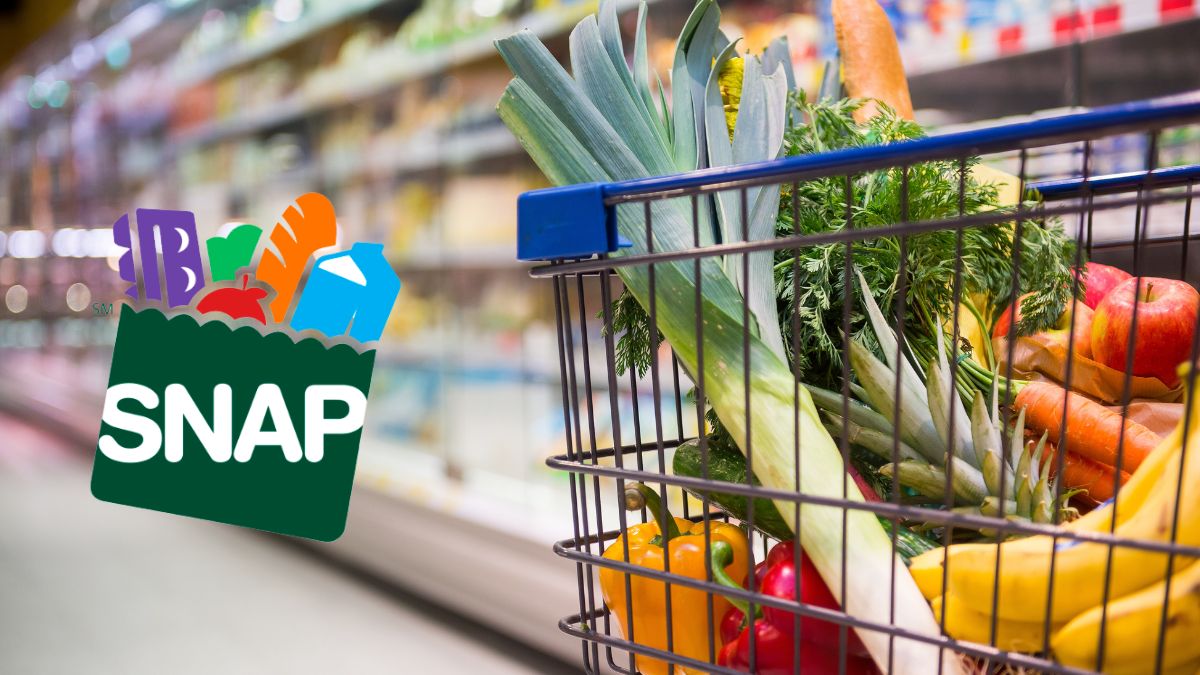Every month, millions of Americans rely on the Supplemental Nutrition Assistance Program (SNAP) to provide nutritious and safe food for themselves and their families. The scale of this program is so vast that the number of beneficiaries would fit in a small country. This highlights the significance of food assistance as a crucial public policy in the United States. Since its inception in 1939, the U.S. government has continuously refined this program to better serve those in need.

The United States Department of Agriculture (USDA) is responsible for administering the SNAP program. In 2023, SNAP represented 67.8% of the USDA’s spending on food and nutrition assistance, with more than $80 billion invested in that year alone. As of April 2024, approximately 41 million Americans received SNAP benefits, a figure consistent with data from March 2024 and the same month in 2023. This translates to about 12.6% of the total U.S. population, though the percentage varies by state, ranging from 12.6% to 4.6% of their respective populations.
When Will You Receive Your SNAP Payments?
Knowing the exact date when SNAP payments will be credited to your Electronic Benefits Transfer (EBT) card is crucial for planning and budgeting. However, the schedule for these payments varies significantly from state to state. Each state has its own criteria for distributing SNAP benefits, making it essential for recipients to be aware of their specific state’s payment dates.
To simplify this process, we have compiled the SNAP payment schedule for August 2024, organized by state. This comprehensive list provides a quick reference for recipients to know when they can expect their benefits.
SNAP Payment Schedule for August 2024 by State
Alabama: August 4 to 23
Alaska: August 1
Arizona: August 1 to 13
Arkansas: August 4 to 13
California: August 1 to 10
Colorado: August 1 to 10
Connecticut: August 1 to 3
Delaware: August 2 to 23
District of Columbia: August 1 to 10
Florida: August 1 to 28
Georgia: August 5 to 23
Guam: August 1 to 10
Hawaii: August 3 to 5
Idaho: August 1 to 10
Illinois: August 1 to 20
Indiana: August 5 to 23
Iowa: August 1 to 10
Kansas: August 1 to 10
Kentucky: August 1 to 19
Louisiana: August 1 to 23
Maine: August 10 to 14
Maryland: August 4 to 23
Massachusetts: August 1 to 14
Michigan: August 3 to 21
Minnesota: August 4 to 13
Mississippi: August 4 to 21
Missouri: August 1 to 22
Montana: August 2 to 6
Nebraska: August 1 to 5
Nevada: August 1 to 10
New Hampshire: August 5
New Jersey: August 1 to 5
New Mexico: August 1 to 20
New York: August 1 to 9
North Carolina: August 3 to 21
North Dakota: August 1
Ohio: August 2 to 20
Oklahoma: August 1 to 10
Oregon: August 1 to 9
Pennsylvania: August 3 to 14
Puerto Rico: August 4 to 22
Rhode Island: August 1
South Carolina: August 1 to 19
South Dakota: August 10
Tennessee: August 1 to 20
Texas: August 1 to 28
Utah: August 5, 11, and 15
Virgin Islands: August 1
Vermont: August 1
Virginia: August 1 to 7
Washington: August 1 to 20
West Virginia: August 1 to 9
Wisconsin: August 1 to 15
Wyoming: August 1 to 4
Importance of SNAP Payments
SNAP payments are a lifeline for millions of Americans, ensuring that they have access to essential food items. The program’s reach and impact are vast, covering almost every corner of the United States. The USDA’s meticulous planning and execution of SNAP payments highlight the importance of this program in the broader context of public welfare and food security.
For recipients, staying informed about their payment schedule is crucial. Delays or uncertainties in payment dates can lead to significant challenges in managing household budgets and ensuring a steady supply of food. By knowing the specific dates when benefits will be recharged on their EBT cards, recipients can plan their grocery shopping and other essential purchases more effectively.
Conclusion
The SNAP program continues to play a vital role in the lives of millions of Americans, providing much-needed food assistance to ensure they can feed themselves and their families. As we move through August 2024, it is essential for recipients to be aware of their state’s specific payment schedule to avoid any disruptions in their benefits. The commitment of the USDA and local agencies to administering this program effectively is evident in the structured and consistent payment schedules across different states.